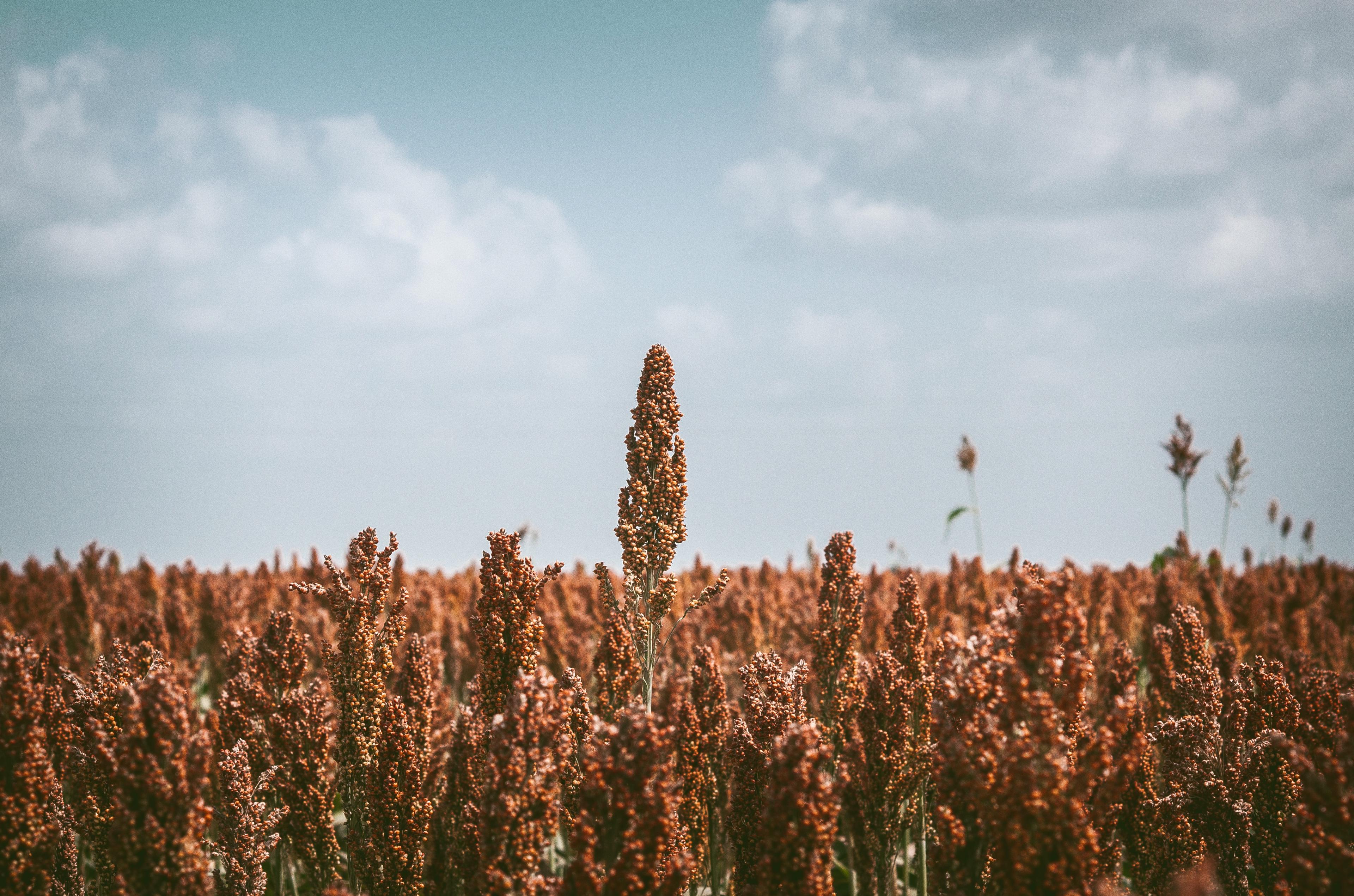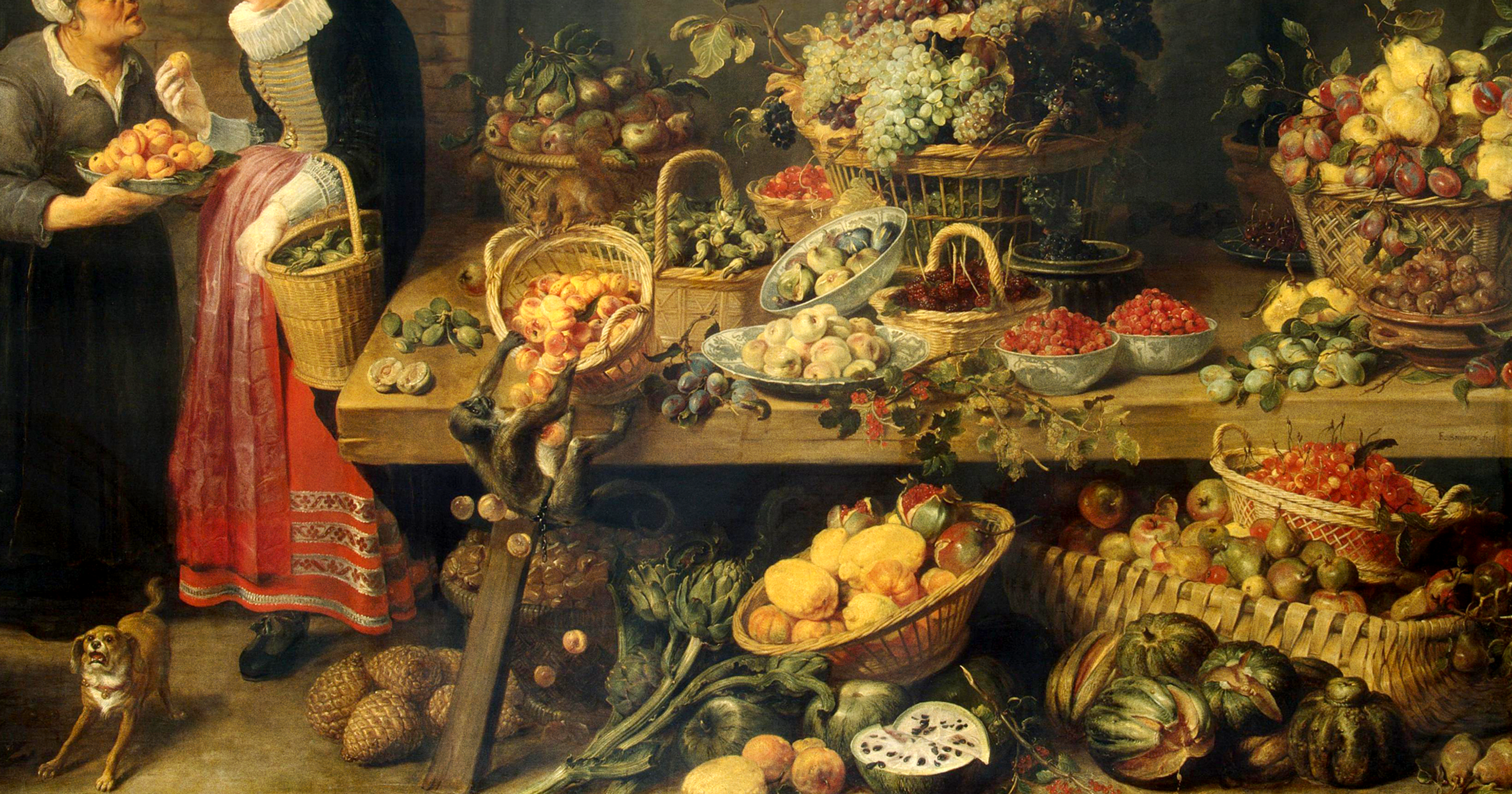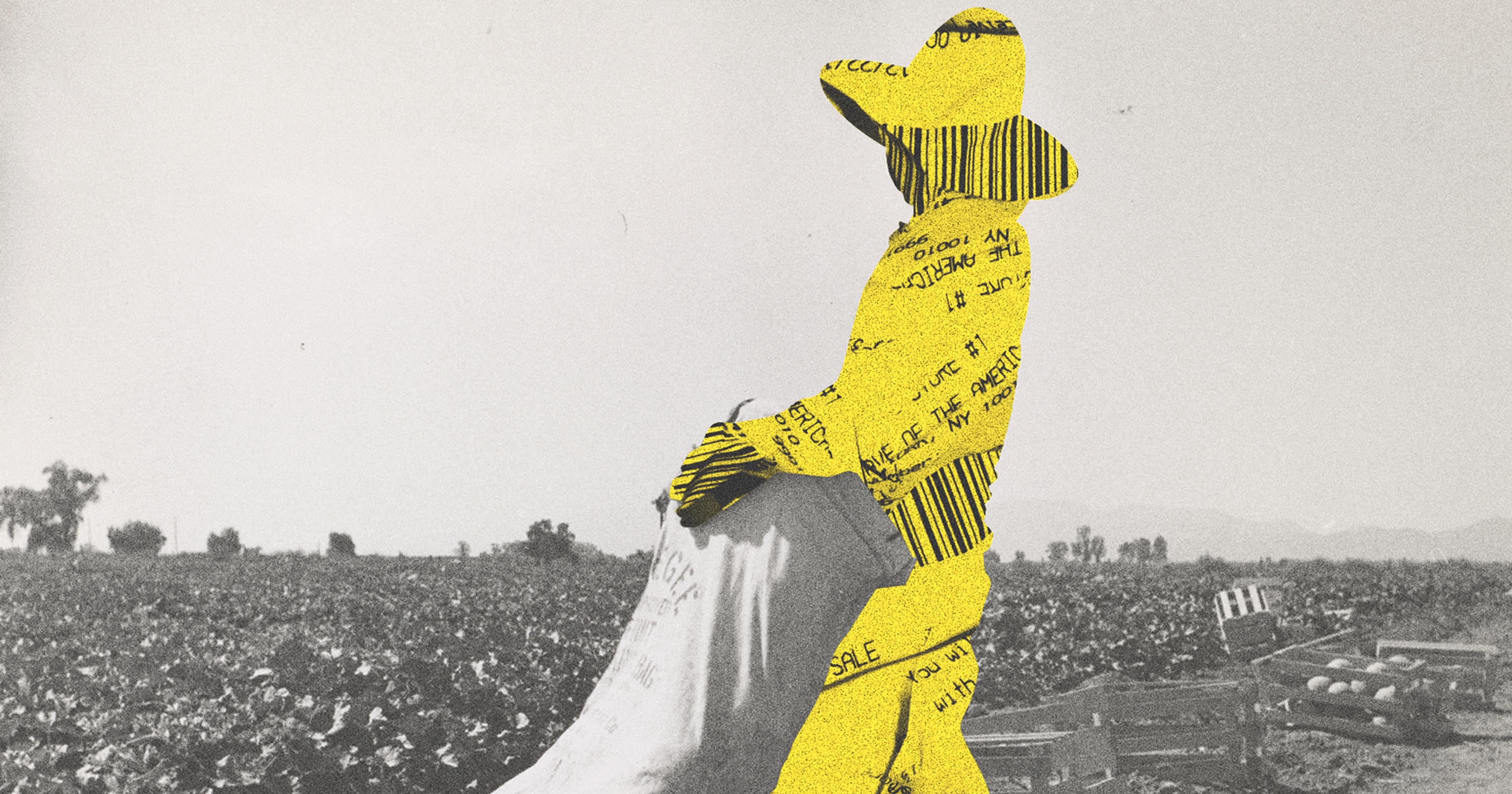Why this sustainable, nutritious ancient grain deserves your respect.
Proud, majestic stalks, showcasing plump seed heads, stood proudly outside the kitchen door of the acclaimed restaurant Blue Hill at Stone Barns in Upstate New York last summer. When I mistook the 15 plus-foot high plants for corn, Jason Grauer, Stone Barns’ director of farm innovation, gently corrected me. “That’s actually sorghum,” he said.
“Wow,” I said. “Sorghum?”
It’s a question people in a host of disciplines from haute cuisine to art are asking. This ancient grain from Africa, one of the top five grain crops worldwide, remains relatively unknown to mainstream consumers in the United States. Yet sorghum’s sustainable properties and culinary uses offer appealing alternatives to combat climate change; protect, enhance, and sustain our food system; and even shift society’s approach to land use.
“I’m not a sorghum guy,” said Blue Hill chef Dan Barber. “But I want to be.” He and his team have been working to identify varieties that grow best in their Northeast region and then create culinary pull-through to create a demand for the grain.
“My friend calls me a sorghum influencer,” said Brooke Singer, an ecological artist whose work intersects with social change and technology. Ecological art is a collaborative practice that seeks to find solutions to environmental issues while inspiring connection to nature. She teaches the subject at Purchase College, State University of New York, where she’s an award-winning professor of new media.
Singer also founded Carbon Sponge, an initiative that grows sorghum to develop healthy soil that can sequester carbon and slow its release. Singer’s enterprise gathers soil scientists, agroecologists, artists, and land stewards to spotlight soil’s significance and bring fresh ways of thinking about it to the forefront.
Outside of commodity agriculture, “No one really knows a lot about sorghum,” Singer said. In parts of the South, community syruping festivals are niche cultural events. But she discovered that most of the sorghum grown in the U.S. — from South Dakota to South Texas — is used for animal feed and biodiesel, with less than 2% used for food consumption.
“Why is that the case?,” she asked. “We tell a different story about sorghum and grow and consume it in ways that are very different from that. Growing it locally, regeneratively, to feed humans and the soil, it’s a counternarrative to what is happening in industrial agribusiness.”
Sorghum is non-GMO, gluten-free, possesses a high level of antioxidants, and is rich in protein, dietary fiber, B vitamins and minerals. Sweet sorghum is grown to produce syrup; other varieties are grown for grain and forage. The syrup’s distinctive taste, grassy and saccharin sweet, is sometimes bitter from tannins, while grain sorghum can be ground into flour for baking, popped like popcorn, fermented into beer or spirits, or its chewy pearls cooked into a pilaf.
“Growing it locally, regeneratively, to feed humans and the soil, it’s a counternarrative to what is happening in industrial agribusiness.”
Agronomically, sorghum grows well in poor soil, offers yield stability, has extensive roots, and is drought-resistant but can also resist heavy rain. Varieties with high tannins suffer from fewer pests. Sorghum also creates microbial biomass, which supports soil health, and accumulates silica, which binds to carbon. Its distinctive height, like its cousin corn, offers sizable plant biomass which, as mulch, nurtures soil.
Stone Barns’ work also aims to counter industrial agribusiness, and to make sorghum a vibrant crop with Northeast roots. “There are tremendous opportunities from a culinary perspective,” said Andrew Luzmore, Stone Barns’ director of special projects.
The team has been growing sweet sorghum in order to process green juice, the liquid extracted from its long stalks to make sorghum syrup. They want to “understand what is the most delicious, most utilitarian version,” explained Luzmore. Its super-intense flavor needs to be toned down to a more neutral one appropriate for varied uses.
Grauer suggests looking differently at ingredients like sugar and corn, used constantly and processed throughout the world and the U.S. “Is it possible that we could identify ways to regionally produce things that we rely on in these super-scaled operations that have negative impacts on environmental conditions?” he asked.
Luzmore and Grauer propose substituting sorghum syrup for high-fructose corn syrup, that highly refined, unhealthy ingredient used in a wide range of processed foods. They call it “the whole wheat of syrups” because it is more nutritious, containing higher amounts of minerals like iron, magnesium, and potassium than conventional sweeteners. They argue it tastes better, too.
Taking market share away from corn is “a pretty audacious thought,” acknowledged Grauer, “but one we think would be really viable.” He said replacing corn with sorghum, which is processed on the same equipment, would not be disruptive to the system, producers, or customers.
Taking market share away from corn is “a pretty audacious thought, but one we think would be really viable.”
Singer admits she’s “obsessed” with sorghum: its unusual, striking beauty, how quickly and how tall it grows, and its ability to be a dual crop of grain and cane.
Sorghum was first cultivated in East Sudan at least 5,000 years ago, wending through trade routes to India and China and then to the U.S. via the slave trade. Singer argues that honoring history, the seeds’ route to our hands, and how they’ve developed is pivotal. “Then our idea and understanding of the food, our needs, and the soil develops along with that and becomes more textured, interesting, and vibrant,” she said.
Her “Carbon Sponge Guide: A Guide to Grow Carbon in Urban Soils (and Beyond)” includes instructions to assemble a simple, affordable soil testing kit. Using the kit, farmers have reported increased fungal activity and microbial biomass, which facilitate soil health. Carbon Sponge’s 2018 exhibit at the New York Hall of Science on building carbon in urban soil resulted in a paper that is now under peer review.
The Stone Barns team will soon expand into exploring grain, growing a few sorghum varieties to see which can be regionally adapted for flour and for dishes like ponk, a popular Indian street food made by burning off the grain’s chaff. They’ve also obtained grain from breeders to experiment with cakes and a sandwich loaf made of sorghum and wheat flours. Other pursuits include granulating syrup, also known as sorghum molasses, into sugar; using syrup to sweeten wedding cakes; and nixtamalizing red sorghum and preparing arepas and tamales. Non-culinary uses like transforming byproducts into paper and other items are being explored as well.
Stone Barns grew sorghum for forage and as cover crop for 20 years before shifting to grain cultivation, when a Blue Hill chef connected them to a sorghum grower looking to expand his operation. Twenty-two varieties were tested; eight were successful and will be grown again in the quest for regional adaptation.
Growing sorghum “is based in abundance, community, in a humility in many ways,” said Singer. “It has significant, quantifiable benefits to regenerative ag. And they’re also models and new ways of thinking that are important for us to center.”










